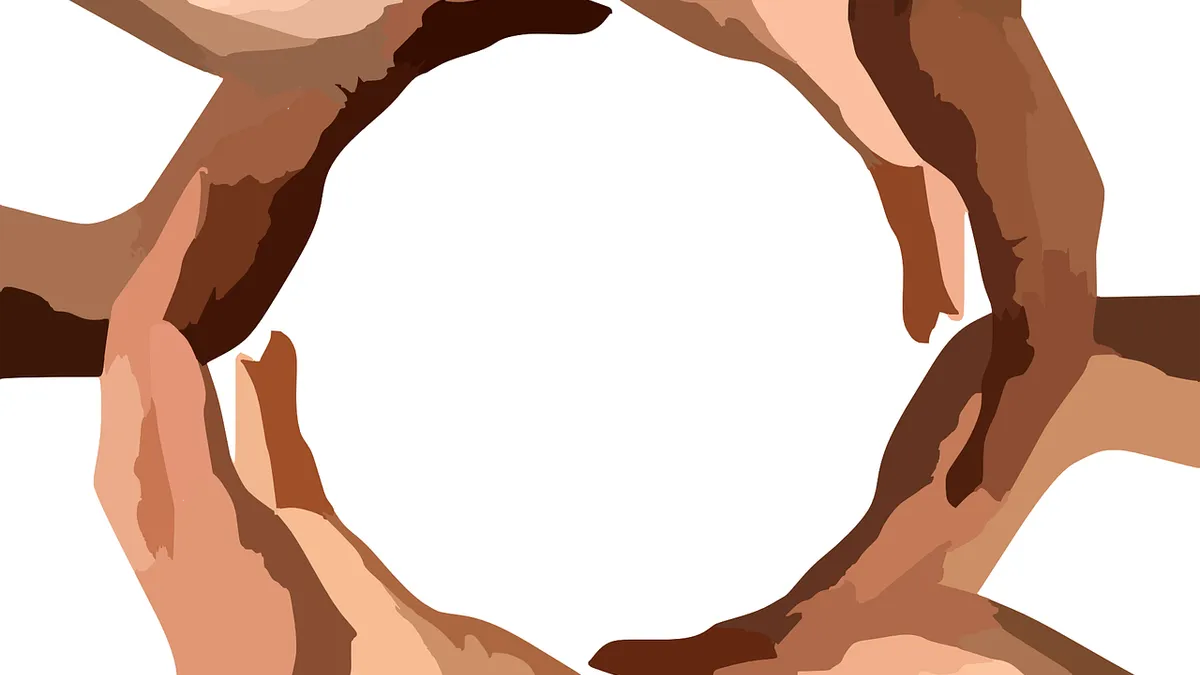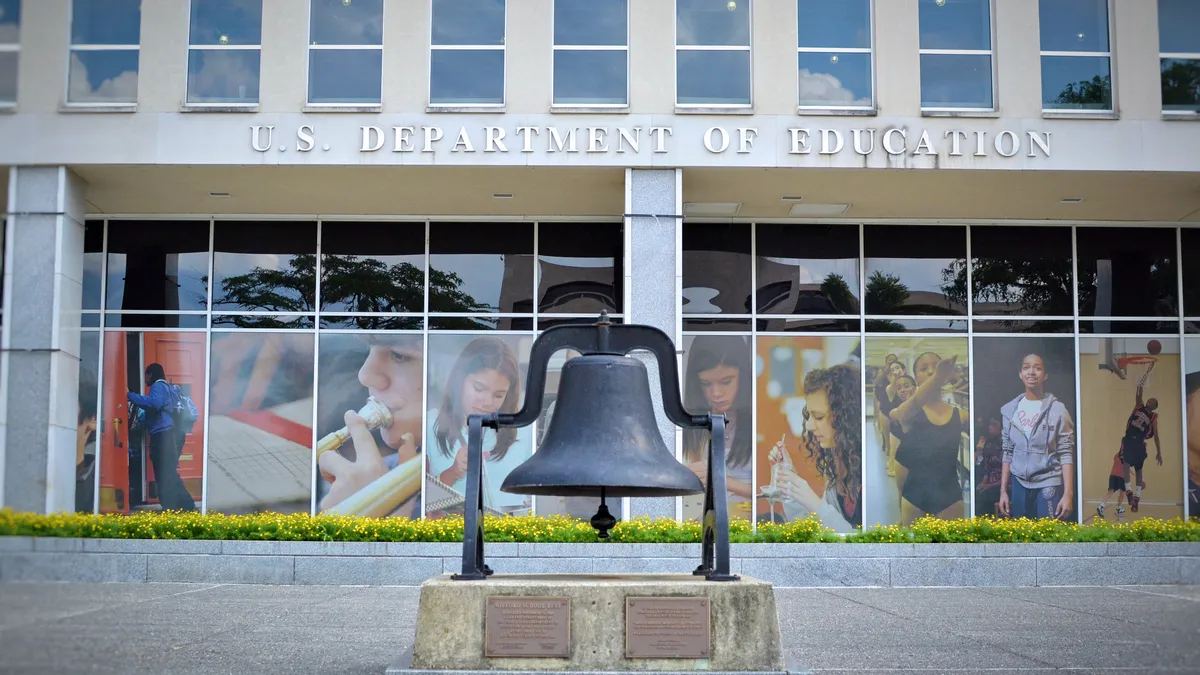I asked higher ed professionals on Twitter to suggest the most overused but under explained words in the industry and got a number of good, thoughtful answers. “Diversity” was a repeat suggestion, and given the current climate of the country and debates over free speech vs. inclusion on campus, the pair won out for this month’s Mincing Words conversation.
In the late 1960s, in the wake of the Civil Rights and Black Power movements in this country, Black/African-American studies departments began to spring up at institutions — mostly the major research institutions — across the country in response to student activism on campus. By the 1990s and early 2000s, higher ed finally began to recognize that race in this country was non-binary — the country is not only black and white — and offices of Diversity and Inclusion began sprouting up on campuses nationwide. But in many cases, “diversity” still stands as a code word for “black,” or more broadly, “race” on campus, and many campus leaders still have not figured out what “diversity,” or its partner “inclusion” actually means.
Diversity means “a range of different things.” True diversity is less about race and more about difference of experiences and perspectives (though certainly race affects our experiences and perspectives). In fact, I learned more about diversity as a student at a historically black university than any other place I’ve ever been, because in an environment that controlled for race, there were still so many different experiences and perspectives and backgrounds represented that I had never been exposed to.
If diversity is bringing everyone to the table, inclusion is making sure everyone has a plate, based on his/her dietary restrictions. Inclusion is making sure that everyone’s experiences and perspectives are equally respected and valued.
This is why it’s important to invite that speaker, whether you agree with the politics or not, and have the dialogue. To work hard to create funding pools to bring low-income students on to campus — and keep them there. To set an expectation of respect that clearly states the university’s position on sexual assault and hate speech and make clear the difference between hate speech and uncomfortable speech. To not engage in silly debates over who should use which restrooms. To work hard to promote an environment where everyone’s comfort zones are challenged in the name of growth, but in a way where people feel safe and feel they are valued on campus. To create spaces where people can feel affirmed by those with shared backgrounds and perspectives so that their entire experience on campus is not one of constant challenge. To have targeted retention efforts, whether intrusive advising or mentor pairing, to ensure that once those individuals are brought to campus, they know the university is invested in their success.
And it is equally important to recognize that these issues are not limited to students, but faculty members and administrators who do not come from the dominant backgrounds may also need that sense of community built around them and may also need a reminder that they are valued on campus.
But perhaps most important is broadening the framing of diversity and inclusion and not conflating it with a particular race or specific group and recognizing that the same effort must be put towards each individual on campus. Inclusion is not some affirmative action program on campus; it is a recognition that every individual should be valued and respected on a human level. And it is an understanding that with the changing face of the country and pronounced enrollment challenges, the institution’s bottom line depends on administrators’ ability to fully grasp the idea of universally applicable humanity.
This column is part of our Mincing Words column, which will run on the fifth Friday of the month when appropriate and explore nuances of popular higher ed lingo.










